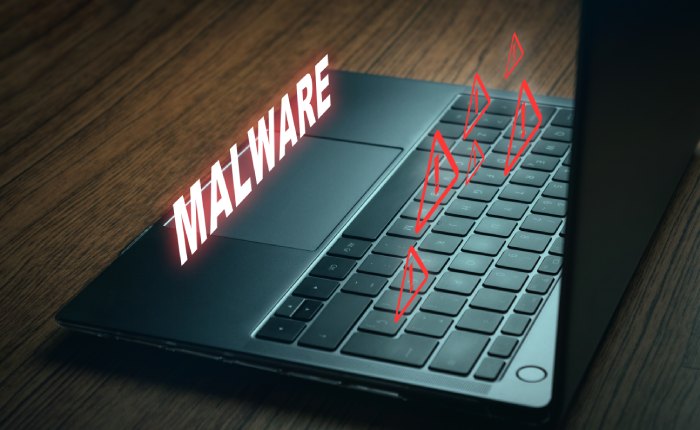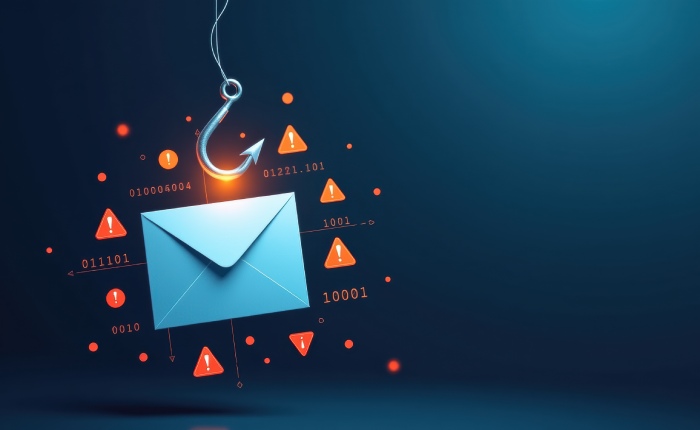- A link to a fake website designed to steal login information
- A malicious attachment that installs malware when opened
- A request for a financial transaction that seems urgent but is actually fraudulent
- Sender's Email Address: Check the sender’s email address closely. Often, spear phishing attacks involve email addresses that look similar to legitimate ones but have subtle differences, such as an extra letter or number.
- Suspicious Links: Hover over any links within the email to see if they redirect to a different web address than expected. Official links from trusted companies should always match their known domain.
- Urgent Requests: Spear phishing emails often create a sense of urgency, pressuring you to act quickly to avoid consequences. For example, they may claim that your account will be suspended unless you take immediate action.
- Grammatical Errors and Unusual Tone: Although spear phishing emails are often more polished than typical phishing attempts, they may still contain unusual language, typos, or odd phrasing that stands out compared to normal communications from your contacts or organizations.
- Unsolicited Attachments: Be wary of any attachments you were not expecting, especially if they prompt you to open them immediately. These attachments can carry malware or ransomware.
- Verify email senders by contacting them through trusted channels
- Avoid clicking on links or downloading attachments from unknown sources
- Report any suspicious activity immediately to the IT department
Spear Phishing Prevention: How to Protect Yourself from
Targeted Cyber Attacks
Targeted Cyber Attacks
Spear phishing is a type of cyber attack where an attacker targets a specific individual or organization to steal sensitive information. Unlike regular phishing attacks that are sent to large groups of people, spear phishing is highly targeted and tailored to trick the victim into revealing confidential data, such as login credentials, financial details, or proprietary business information. For additional details, visit here.
Understanding Spear Phishing: The Anatomy of a Targeted Attack
Spear phishing attempts usually begin with thorough investigation of the intended victim. Cybercriminals collect detailed personal data, including social media accounts, professional positions, hobbies, and even work relationships. This information enables them to create messages that seem credible and pertinent, often impersonating known associates or trusted authorities.
The message in a spear phishing attempt may contain a variety of malicious elements, including:
What makes spear phishing particularly dangerous is the high level of personalization that makes the victim feel more comfortable and less suspicious of the attack.

Recognizing Spear Phishing Emails: Common Signs to Watch For
There are several characteristics that can help you identify a potential spear phishing email:
Implementing Spear Phishing Prevention Strategies
To protect yourself from spear phishing, it is essential to adopt a multi-layered approach to cybersecurity. This involves not only recognizing potential threats but also implementing preventive measures at various levels.
1. Use Strong Authentication Methods
A highly effective strategy to thwart spear phishing attacks is to utilize robust authentication techniques. By employing multi-factor authentication (MFA), you introduce an additional security measure that goes beyond merely using a password. This may involve methods such as fingerprint recognition, a code sent via SMS, or a dedicated authentication application.
2. Educate Employees and Colleagues
For businesses, employee education is one of the most powerful defenses against spear phishing. Regular training on how to recognize phishing attempts and suspicious emails can reduce the likelihood of a successful attack. Employees should be encouraged to:

3. Employ Email Filtering and Anti-Phishing Tools
Implementing email filtering software is a highly effective method for minimizing the likelihood of spear phishing emails appearing in your inbox. While numerous email services come with integrated spam filters, utilizing third-party solutions can enhance security by recognizing patterns in the content of emails and the behaviors of senders that align with established spear phishing techniques.
4. Regularly Update and Patch Systems
Cybercriminals frequently take advantage of existing weaknesses in obsolete software to infiltrate systems. It is crucial to regularly update your operating system, applications, and security tools with the most recent patches to reduce the chances of falling victim to spear phishing attacks. Consistent updates help to quickly resolve any vulnerabilities that might be exploited by attackers.
5. Implement Endpoint Protection
Protecting endpoints is essential for safeguarding devices from spear phishing threats. This entails equipping computers, mobile phones, and other internet-connected devices with strong security solutions, firewalls, and systems for detecting intrusions. Should malware be accidentally downloaded via a spear phishing message, endpoint protection plays a vital role in limiting and reducing its effects.